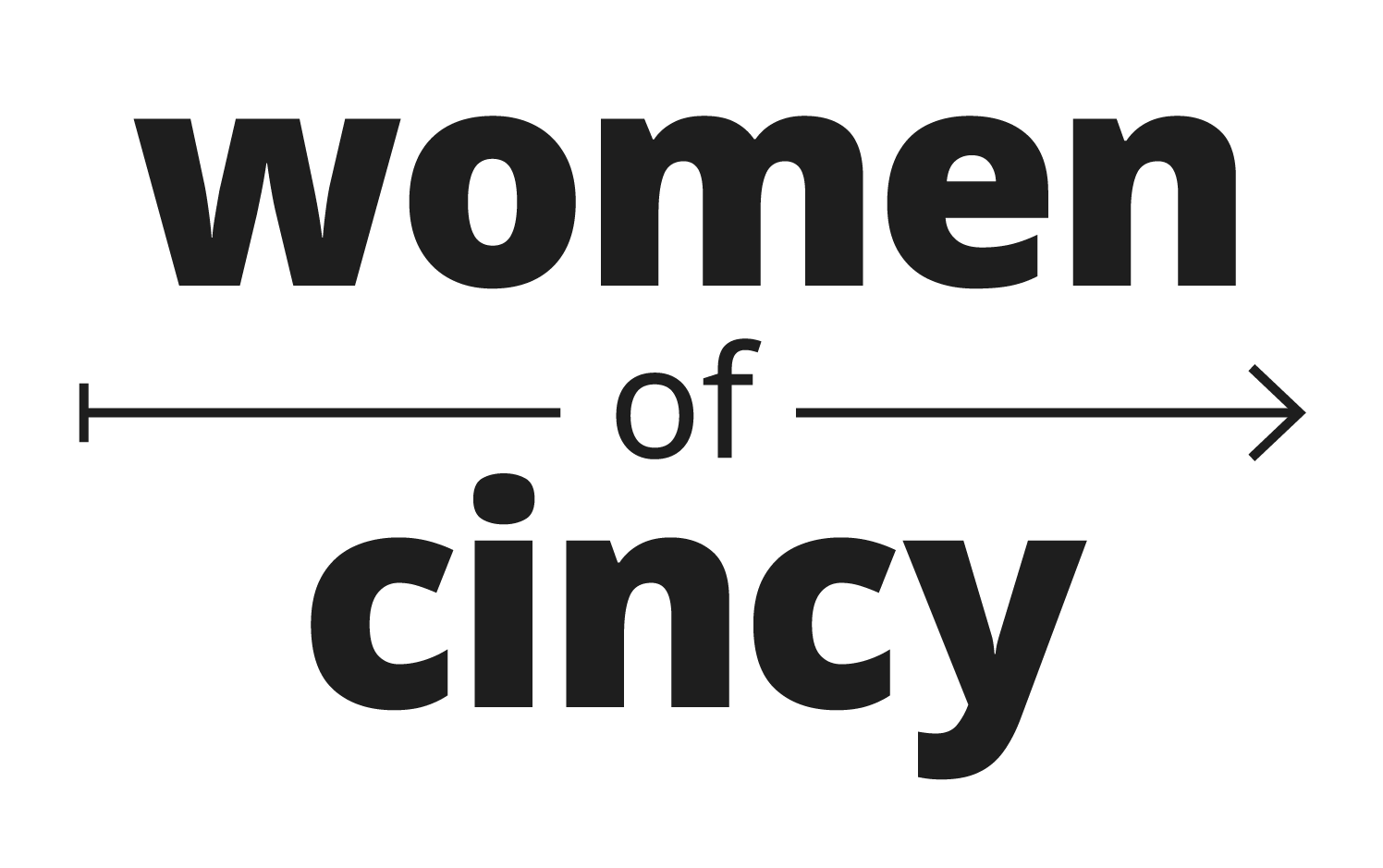2024 Voting Resource Guide: What You Need to Get to the Polls
What ID do you need to have when you go to the polls?
Acceptable IDs for Ohio:
Ohio driver's license – an unexpired ID with a former address is still acceptable
State of Ohio ID card
Interim ID form issued by the Ohio BMV
A US passport
A US passport card
US military ID card
Ohio National Guard ID card
US Department of Veterans Affairs ID card
Are you an Ohio college student? Here’s what you need to know before you vote.
Ohio will not accept a student ID as a valid form of voter ID.
You must have an OH ID or License. A military ID or U.S. Passport will also work.
If you do not have a valid Ohio photo ID, but you are a registered voter, you can vote by mail using the last four digits of your social security number.
Acceptable IDs for Kentucky:
Driver’s license
Social Security card
County-issued identification card approved in writing by the State Board of Elections
U.S. government-issued identification card
Kentucky state government-issued identification card with a picture
Credit card
Where and how can you vote?
If you want to vote in person, you must do so at the polling location assigned to the address on your voter registration. If you want to vote in person before Election Day, early voting starts Oct. 8. Check your polling location here:
Ohio
If you want to vote in person, on Election Day, Nov. 5:
Polls open 6:30 a.m. - 7:30 p.m. in Ohio and 6:00 am to 6:00 p.m. in Kentucky.
If you are in line to vote at 7:30 p.m. in OH and 6:00 p.m. in Kentucky, stay in line – you still have the right to vote.
Bring one of the acceptable IDs
If you make a mistake on your ballot, ask for a new one.
Here are some additional voting resources to know about!
Employers are prohibited from firing an employee who takes a reasonable amount of time to vote. Salaried employees should be eligible for paid time off to vote.
What is a provisional ballot? If your voter registration or eligibility is in question at the time when you go to vote, you can request a provisional ballot, which is a regular ballot that is kept until election officials can verify your eligibility. Learn more or obtain one here.
If you run into any problems while voting or have questions, you can call the Election Protection Hotline:
English: 1-866-OUR-VOTE / 1-866-687-8683
Spanish: 1-888-VE-Y-VOTA / 1-888-839-8682
Arabic: 1-844-YALLA-US / 1-844-925-5287
For Bengali, Cantonese, Hindi, Urdu, Korean, Mandarin, Tagalog, or Vietnamese: 1-888-274-8683
Greater Cincinnati Voter Collaborative: Information about free ride shares/volunteering to drive voters to the polls.
VoteRiders: Free service to help voters obtain a valid ID.
U.S. Vote Foundation: Resources for Voters with Disabilities.
Hamilton County BoE Resources: You can request the BoE to send materials/resources to polling locations/communities.
Voting in Ohio? Find out more about Issue 1 on the ballot here.
In Kentucky, there will be two ballot issues to vote on. Here’s what you should know.
Explanation: Amendment 1 seeks to amend Kentucky’s constitution to explicitly bar any non-citizen from voting in elections in Kentucky. Currently, the commonwealth’s constitution only lists “citizens” as allowed to vote in elections. Federal law prohibits all non-citizens from voting in federal elections.
Voting yes means you are in favor of adding an amendment to Kentucky’s constitution which states, “No person who is not a citizen of the United States shall be allowed to vote.”
Voting no means you are not in favor of adding an amendment to Kentucky’s constitution which states, “No person who is not a citizen of the United States shall be allowed to vote.”
For: “Citizens should be making the decisions about how the government is handled… If you want to become a citizen, there’s a pathway to that. What’s more important than the sanctity of our elections in the United States – very little. It’s the foundation of our democracy.” – Rep. Michael Meridith, Kentucky House of Representatives
Against: “We have some of the most limited election laws in terms of the amount of opportunities people have to vote compared to other states. This seems to be yet another attempt to suggest that somehow immigrants are creating loopholes or taking advantage of loopholes or violating the law in ways that the reality is that they're not.” – Corey Shapiro, American Civil Liberties Union of Kentucky (Louisville Courier Journal)
Explanation: Amendment 2 concerns public funding for non-public K-12 education. The measure would add language to Kentucky’s constitution to use public funds to supply financial aid to students outside of K-12 public schools, this includes homeschooling and private schools. The language added would be as follows: “the General Assembly may provide financial support for the education of students outside the system of common schools." (K-12 public schools are referred to as common schools in the Kentucky Constitution)
Voting yes means you are in favor of adding the amendment that would provide public financial funding to students outside of the Kentucky public school system.
Voting no means you are not in favor of adding the amendment that would provide public financial funding to students outside of the Kentucky public school system.
For: “Educational freedom, as proposed by Amendment 2, ensures students are able to learn in the best environment possible and breaks the poverty cycle that far too often keeps children from fulfilling their potential.” – Senator Rand Paul (Louisville Courier Journal)
Against: “Public dollars should benefit public schools. Giving public tax dollars to private schools with no oversight on curriculum, student assessment or student and educator anti-discrimination practices is terrible and destructive policy… Private schools are not accountable to the public in the same way that public schools are.” – Lyndon Pryor, Louisville Urban League (Louisville Courier Journal)

